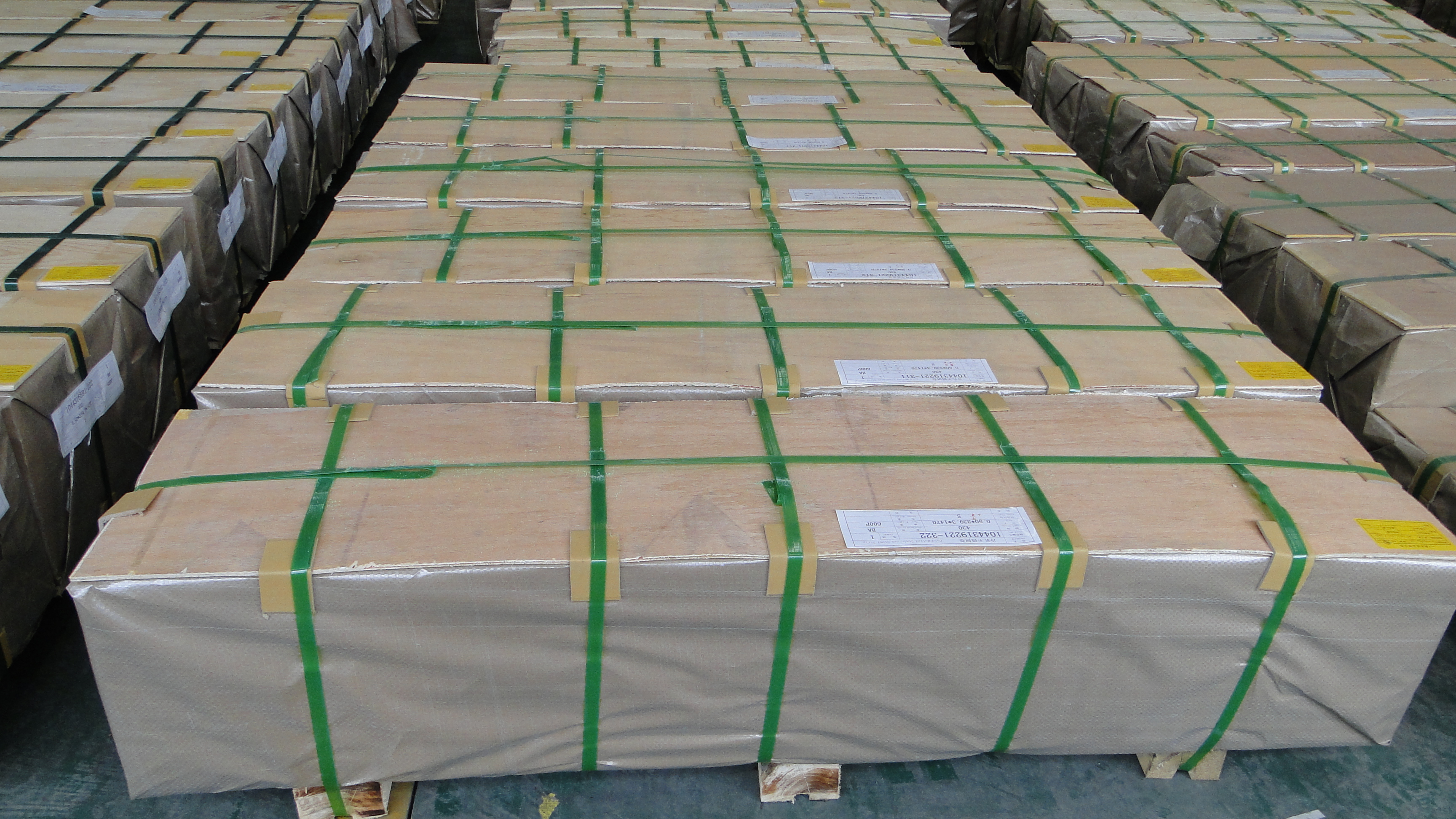Given the wide range of uses for
stainless steel plate, there are some unique questions that are often asked. Stainless steel is not a single type of metal, but rather a family of metals. There are usually five different categories, each containing multiple levels. Each has its own distinct properties and uses.
1. What is special about food grade
stainless steel plate?
Food-grade stainless steel is special not only because it can withstand extreme temperatures, but also because it resists corrosion and is easy to sanitize. The reason for this ease of sanitization is the electropolishing process and the protective oxide layer of the metal. The electropolishing process strips off the outer layer of stainless steel, leaving a microscopically smooth surface. Most typically, Types 304 and 316 are ideal for food-grade stainless steel plates.
2. Is the stainless steel plate really rustless?
Since stainless steel sheets are almost rust-proof, they are considered stainless steel. Its chromium atoms are so strongly bonded to oxygen atoms that they form a nearly impenetrable and rust-resistant layer. Oxygen atoms are trapped by this layer before they can bond with the iron in the steel, so rust never gets a chance to form.
3. Is stainless steel plate better than aluminum plate?
As we already mentioned, stainless steel holds up well in extreme conditions. Aluminum is used in several similar applications, such as cookware. In terms of longevity, steel is harder than aluminum. That means it's less likely to bend, bend, or otherwise deform due to force, heat, or weight. Another huge difference is conductivity. Stainless steel is a poor conductor of electricity, while aluminum is relatively conductive. Stainless steel is an excellent choice for projects that require low electrical conductivity.
4. Can the stainless steel plate be successfully welded?
Stainless steel can be welded with some minor adjustments to standard equipment. In order to weld austenitic stainless steels, the electrodes or filler rods used must be stainless steel. Stainless steel can be welded to stainless steel or other metals as long as the proper welding process, shielding gas and filler rods are selected.
5. Are stainless steel plates stored and handled differently than other metals?
If your small shop or home project requires you to store large quantities of stainless steel plate, it is best to store stainless steel away from other metals. Especially in acidic or humid environments - stainless steel can cause galvanic corrosion of other metals. This type of corrosion usually leaves stainless steel unaffected. Even with the strength and resistance to the elements, it is still possible to scratch, dent, and even cause corrosion (prolonged exposure to chlorine) to stainless steel. Attention should be paid to surfaces and proper safety precautions should be used at all times.



